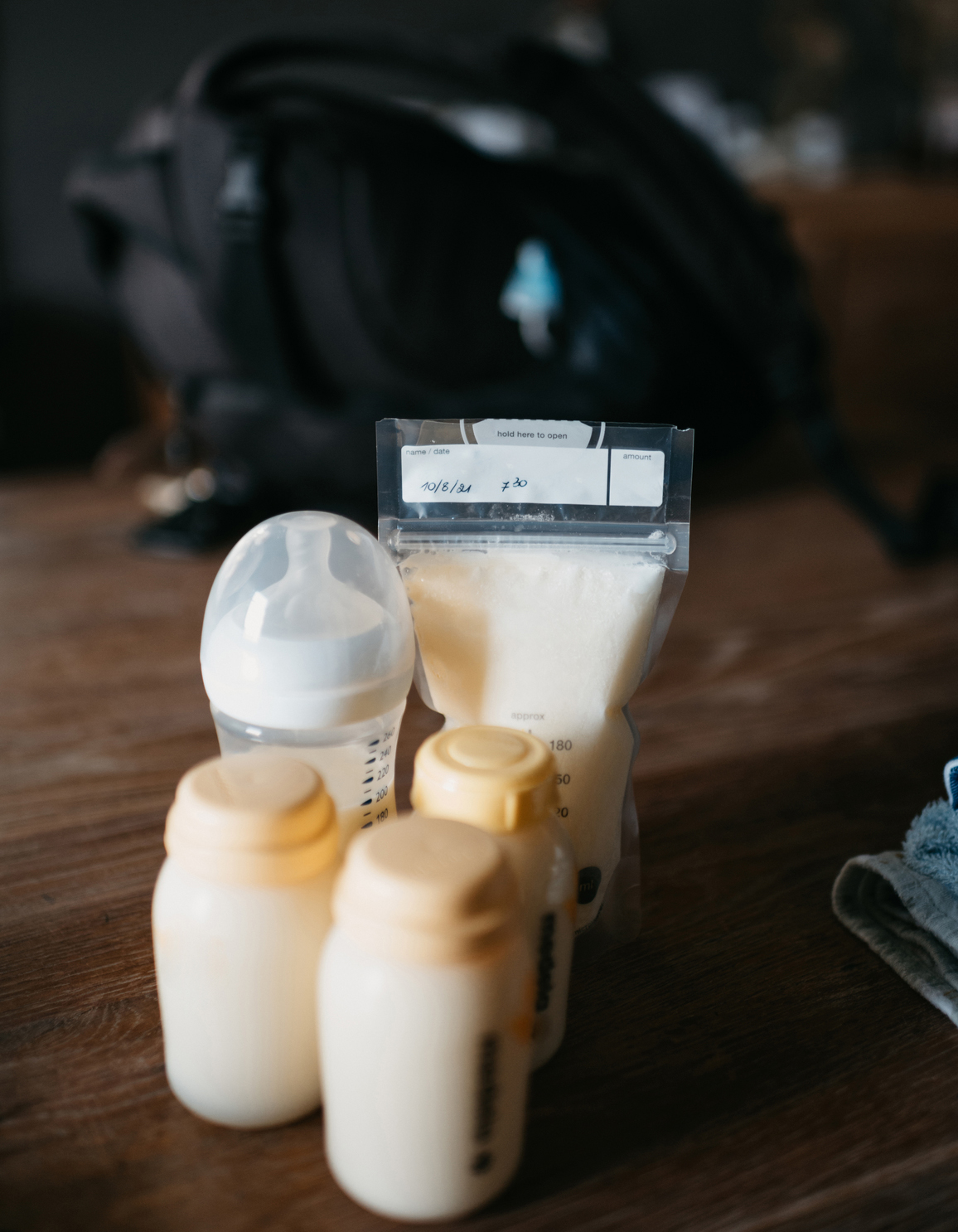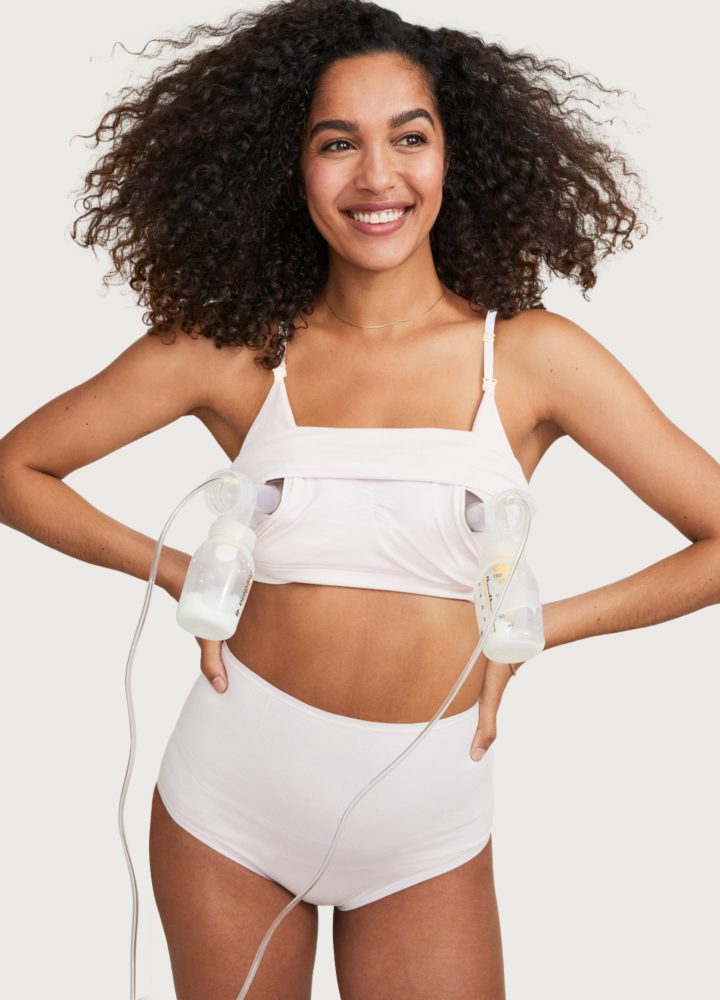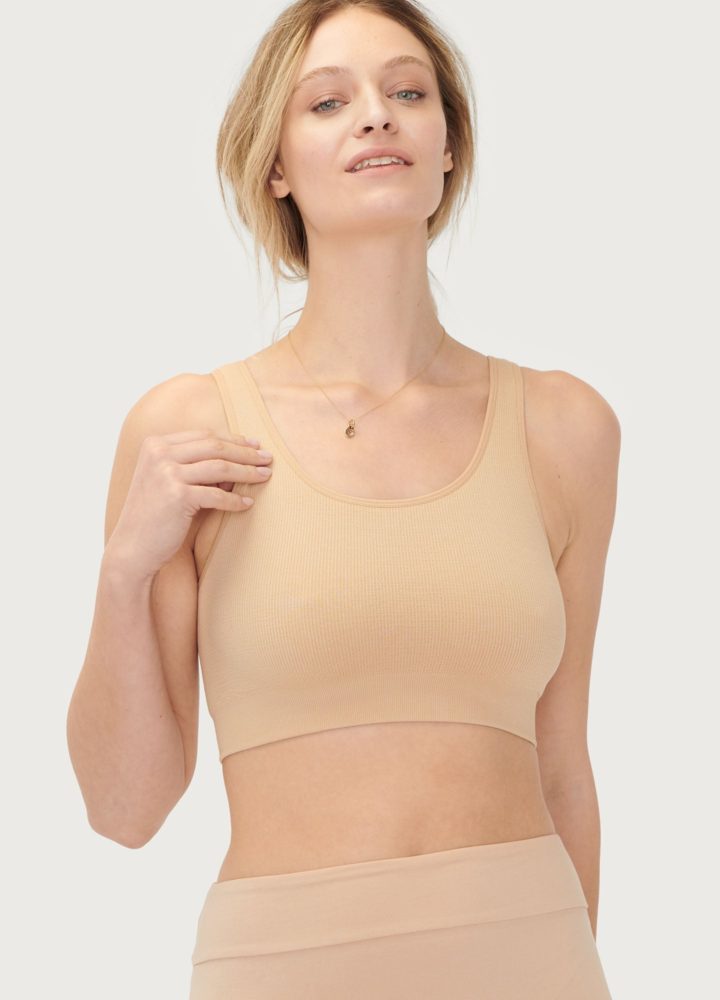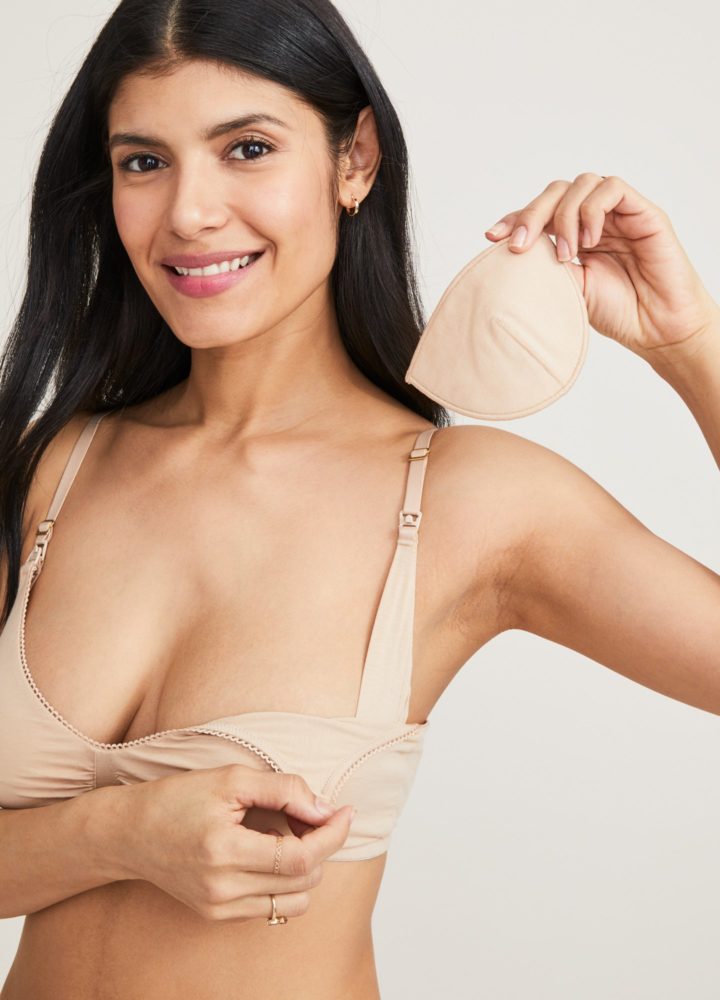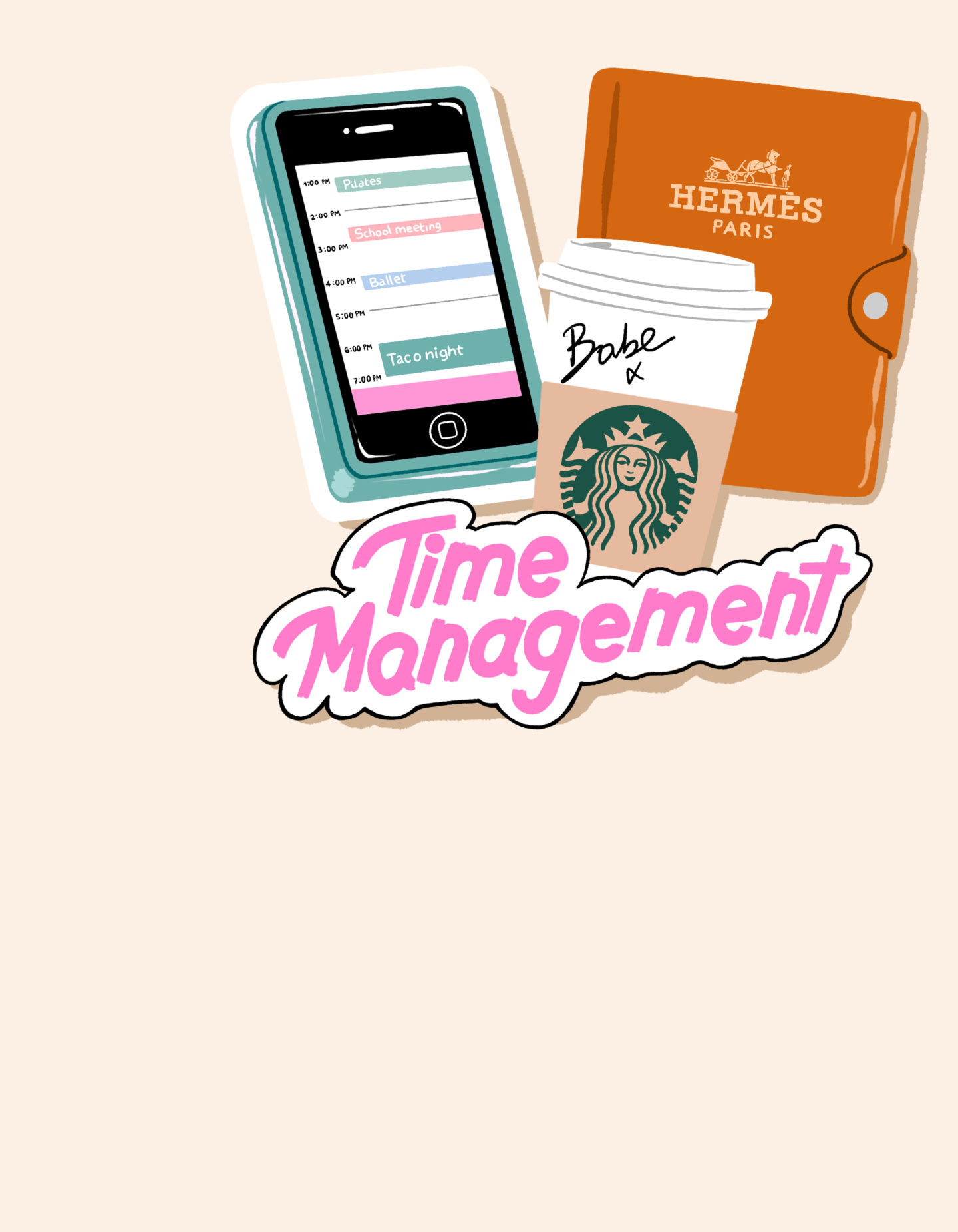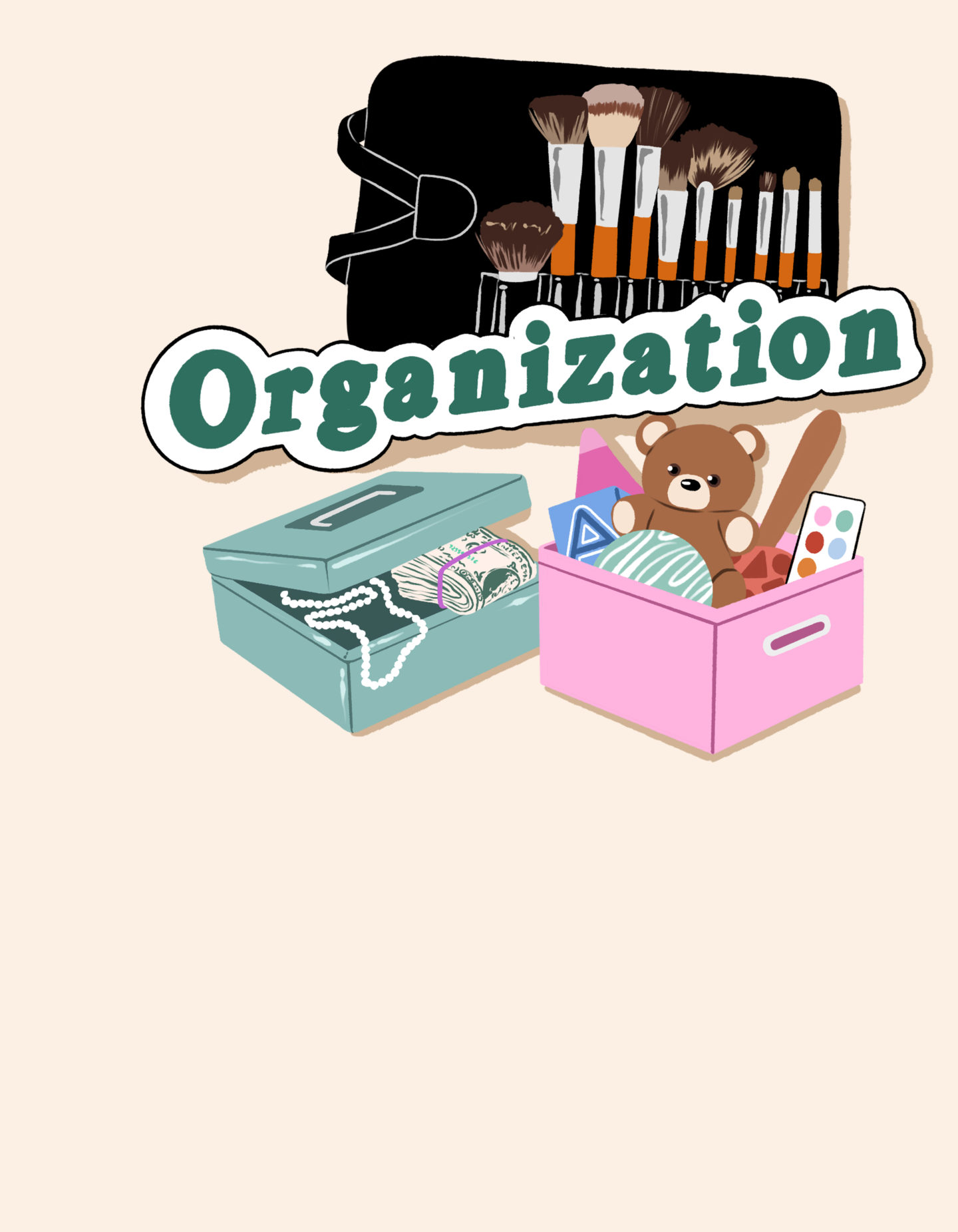Whether you’re doing it ’round the clock at home or during lunch in your office, we can all agree that pumping isn’t the most exciting use of our time. Pumping is means to an end, a very important end, no less, but it’s one of the many eye-rolling activities of early parenting. That said, there are a few back -pocket hacks and tricks we’ve procured from our community over the years that will keep your pumping moments efficient, easy and, well, flowing.
Read on, mama bears.
1. Keep Your Pump Next To Your Bed
“I hate pumping at night. And now that my daughter has been sleeping more, I can’t stand waking up at 2am and getting all hooked up. I keep a manual breast pump on my nightstand. If I wake up and my boobs are starting to swell, I do a quick manual pump. This avoids engorgement and potential mastitis. I got mastitis once, and it SUCKS.”
2. Switch Up Your Valve
“Pumps come with a lot of parts and a lot of women don’t know what to do with all of them. One very important piece of the pump is the valve, which create the suction that pulls the milk from your breast. A friend told me to replace the regular valves with duckbill valves. With duckbill valves, you’ll have less pieces to wash, but they also create better suction resulting in a better breast milk output. So more milk, less washing! Also, if you’re ever having trouble with the suction of your pump, swap out your valves (no matter what kind you have). They need to be replaced often and can have a huge impact on your output.”
3. Letdown is There for a Reason
“When you use your breast pump, the suction starts in a quick, frequent rhythm (cue that annoying noise). It’s essentially trying to mimic your baby’s sucking at the beginning of a feed, when they’re trying to encourage a letdown. If you’re not having a letdown yet, and your pump switches to the slower, pulling rhythm, you can press the letdown button and switch back to letdown mode. I’ll switch back to letdown mode once my milk starts slowing during a pumping session. Then, you can get multiple letdowns in one session, resulting in more milk and less time pumping.”
4. Size Those Flanges!
“Most women don’t realize that the standard breast pump flange size is 24mm. But as we all know, no two breasts are alike (even on one body). You may need smaller flanges or larger flanges to get the most out of your pumping sessions. First, measure the diameter of your nipple to figure out your flange size. Aeroflow Breast Pumps has the perfect guide for finding your flange size and making sure it’s the perfect fit!”
5. Heat Them Boobs
“Warming up your boobs can really get the milk flowing. I use a heating pad or breast comfort packs, which I prefer as they fit perfectly around the breast and could be slipped right into my pumping bra. Not to mention, they can be used hot or cold depending on what you’re trying to accomplish.”
6. Look At Pics Of Your Babe
“I mean we obviously do that constantly anyway, but because we don’t have our baby’s natural sucking, or skin to skin, one my favorite pumping hacks was to pull out my phone and stare at pictures or videos of my baby. I even went so far as to watch a video of him crying because that was almost always sure to encourage a letdown.”
7. Cover the Bottle and Stress Less
“I saw this pumping hack going viral on TikTok. A mom covered her pumping bottles with baby socks so that she couldn’t see how much (or little) she was pumping. Stress and tension can have a huge impact on milk supply and output. If you’re constantly worried about how much milk is coming out, chances are, you’re slowing things down. It may seem silly, but it’s worth a try!”
8. Pump in the Car
“For many working moms, multitasking is our love language. A car ride to and from work can be all the time you need to get in a good pumping session. I was thrilled when my second breast pump came with a car adapter. Pumping in the car is a great hack for any mom who spends a lot of time on the road.”
9. Freeze Milk in the Amounts They Eat
“This might seem obvious but freeze your milk in the amount that your baby consumes. I would change my portion sizes as my babies grew or added solids to their diet. It just made things easier on whoever was bottle feeding and guaranteed we weren’t wasting any milk at the end of the day.”
